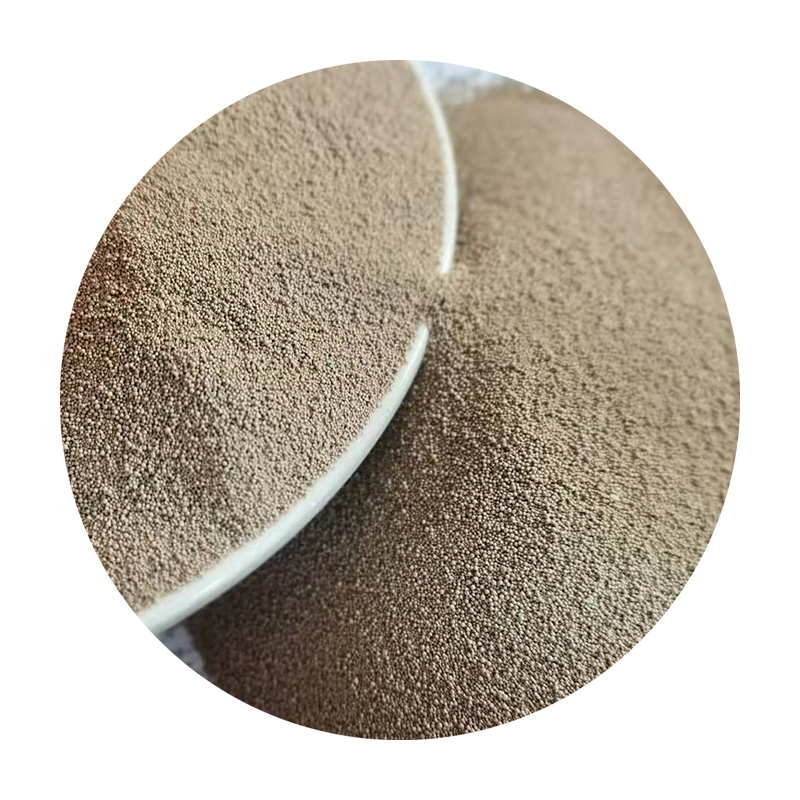Sand for Resin Exploring the Perfect Blend for Crafting
In the world of crafting and artistic endeavors, the combination of sand and resin has emerged as a popular avenue for creating stunning pieces of art and functional items. Whether you’re a seasoned DIY enthusiast or a beginner eager to explore the realm of resin art, understanding the nuances of using sand with resin can elevate your projects to new heights.
What is Resin?
Resin is a versatile material that can be used for a variety of applications, from jewelry making to furniture design. It typically comes in two parts a resin and a hardener, which when mixed together, undergo a chemical reaction that causes it to cure and harden. This clear and glossy finish can capture a wide range of decorative elements, including dyes, glitters, and natural materials, creating an aesthetic that resonates with both modern and rustic styles.
The Role of Sand
Sand, although often overlooked, plays a critical role in the creative process of resin art. It introduces texture, color, and a tactile element that can transform a simple piece into a mesmerizing work of art. Artists frequently use sand to simulate natural environments, mimicking beaches, deserts, or riverbeds. Moreover, the granularity of sand can influence the overall appearance of the cured resin, offering endless possibilities for customization.
Choosing the Right Sand
When it comes to selecting sand for resin projects, the type you choose can make a significant difference. Here are key factors to consider
1. Type of Sand Play sand, beach sand, and decorative sands (such as colored sands) each have unique characteristics. For instance, play sand is fine and soft, whereas beach sand may contain small shells and organic matter, adding an organic touch.
2. Color The color of the sand can dramatically affect the final appearance of your project. Natural sand often has subtle earth tones, while colored sand can add vibrancy and contrast. Mixing different colors can also create unique gradients.
3. Granularity The size of the sand particles is another crucial factor. Finer grains create a smooth texture ideal for seamless landscapes, while coarser grains can add depth and interest to the overall design.
sand for resin

4. Cleanliness Ensure the sand is free from debris and contaminants, as these can affect the clarity of the resin and the integrity of the final piece.
Preparing Your Mixture
Once you have gathered your materials, the next step is to combine the sand with resin. Here’s a simple process to follow
1. Prepare Your Workspace Safety is paramount. Work in a well-ventilated area and wear gloves and a mask to avoid any allergic reactions or inhaling resin fumes.
2. Mix the Resin Follow the manufacturer’s instructions for mixing the resin and hardener. It’s essential to achieve the correct ratio for optimal curing.
3. Incorporate the Sand Slowly stir in the sand into your resin mixture. The ratio of sand to resin can vary based on your project, but a common starting point is to use one part sand to three parts resin. Adjust according to your desired consistency.
4. Pour and Mold Once mixed, pour the resin-sand mixture into your mold or workspace. Use tools like spatulas or sticks to create desired shapes or designs, and ensure an even distribution.
Curing and Finishing Touches
After pouring, let the resin cure according to the instructions provided by the manufacturer. During the curing process, it’s important to keep the piece undisturbed. Once fully cured, you can sand down sharp edges, polish the surface, or apply a clear coat if desired for added gloss.
Conclusion
Using sand in your resin projects opens up a world of creative possibilities. By thoughtfully choosing the right type of sand and understanding how to incorporate it into your designs, you can create captivating artworks that reflect your unique style. Whether you’re crafting a simple decorative piece or an intricate masterpiece, the combination of sand and resin is sure to inspire your artistic journey. So gather your materials, unleash your creativity, and start crafting today!
Post time:Des . 28, 2024 18:35
Next:Exploring the Benefits of Sand Resin in Modern Construction Techniques
